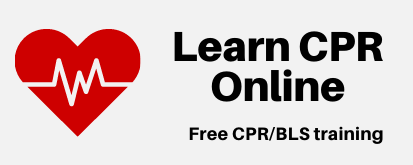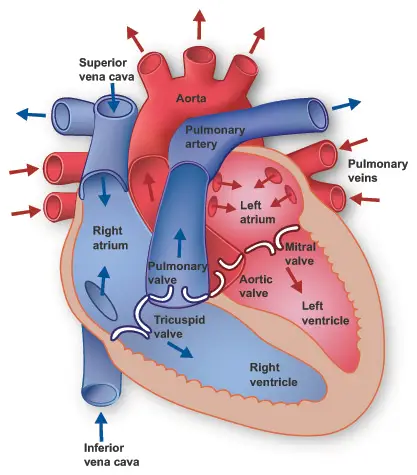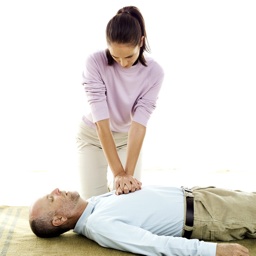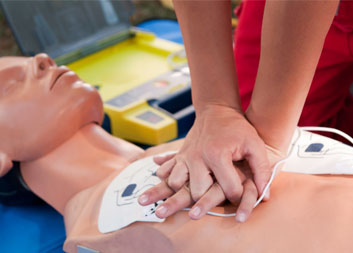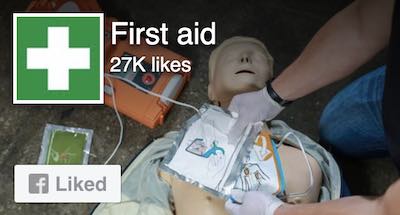The four steps of the chain of survival
The chain of survival is a representation of basic management of emergency cardiac events. The best chance a person has of surviving an out-of-hospital cardiac arrest is if the following sequence of emergency care...
